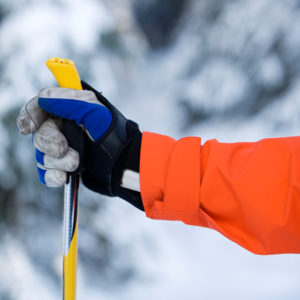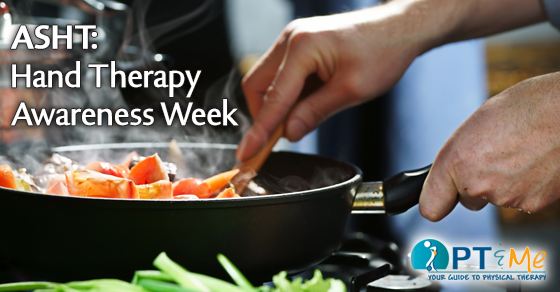This Month in PT News. Featuring articles from PTandMe partnering clinics!

1. Skiing and Thumb Injury
Written by the Therapy Team at the Jackson Clinics – Northern Virginia
Skiing falls can often cause injury to the inner ligament of your thumb, caused by the force of the pole against this area of the hand during a fall. This area, a band of fibrous tissue connecting the bones at the bottom of the thumb, is known as the ulnar collateral ligament. Read more

2. Amazing People Make A Difference: Megan and Earl’s Story
Written by the Therapy Team, ARC Physical Therapy+ – Topeka, Kansas
Earl Bayless was riding in his work truck on December 21, 2016 when his driver fell asleep, causing a major accident. Their truck flipped several times in the air and skidded a block down the road before coming to a stop and leaving Earl to wonder what just happened. Read more

3. 6 Benefits of Rowing
Written by the Therapy Team at Momentum Physical Therapy – San Antonio, Texas
If you are looking for a low-impact workout that targets multiple areas of the body while getting your heart rate up, rowing might be the right exercise for you! Read more


